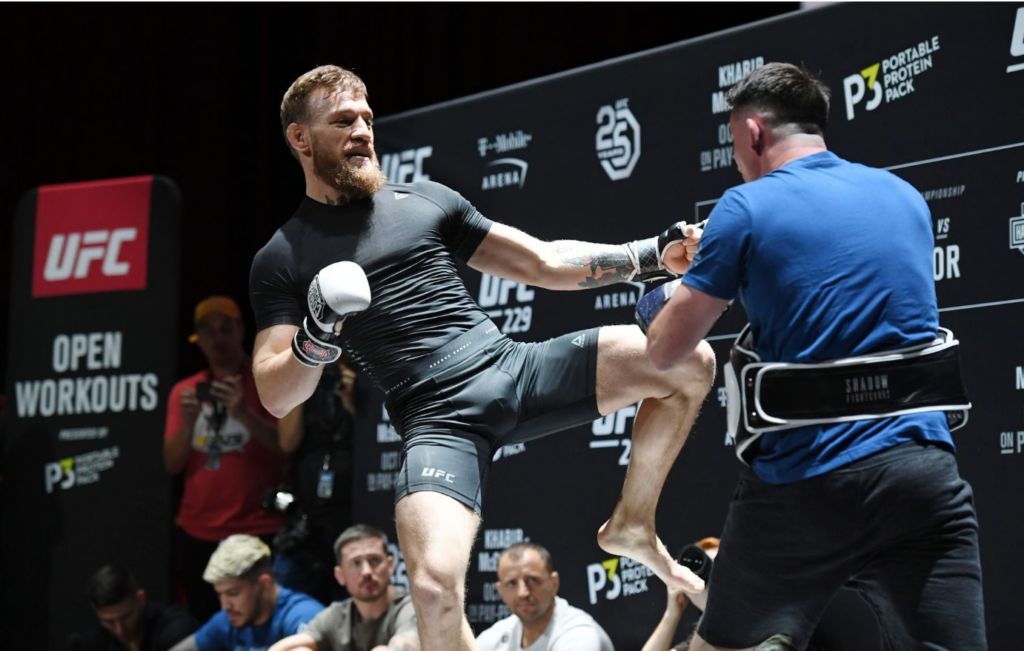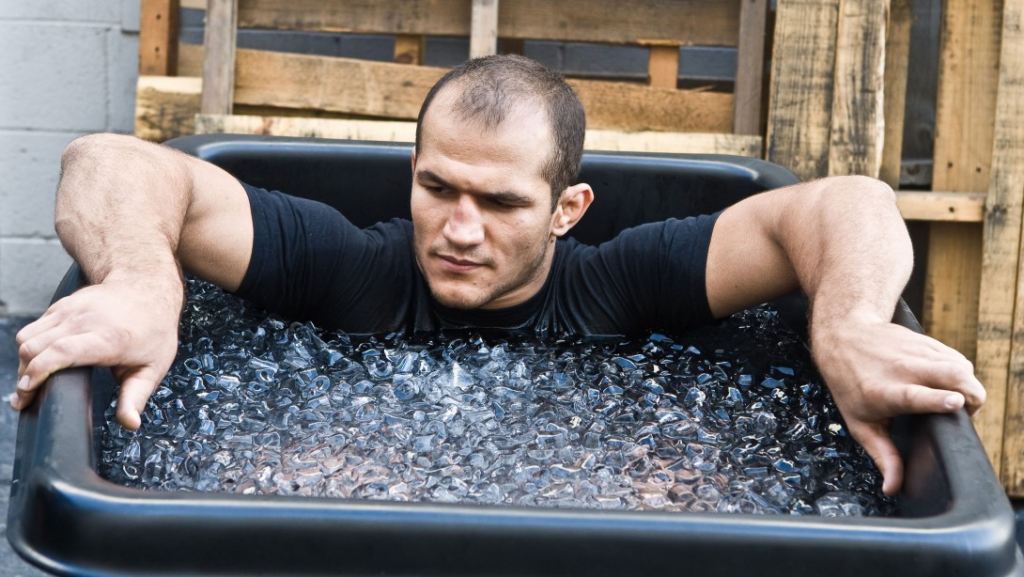MMA Training: How UFC pros recuperate after rigorous workouts 2023

Training is crucial to MMA. Many MMA athletes aspire of joining the UFC, where the biggest awards are. To prepare for the promotion’s high-level competition, fighters must practice hard.
MMA athletes must consider more than training. They must also rest. Doing so helps them recover from their tough training sessions and train more.
MMA fighters must recuperate from sparring, strength training, and cardio circuits to avoid injuries like Cain Velasquez. Therefore, this list includes five recovery methods employed by top MMA fighters.
Cupping therapy
UFC Embedded viewers have witnessed competitors sporting circular marks on their backs before PPV events. After MMA training, Conor McGregor underwent cupping therapy to heal.

Cupping aids recuperation in many ways. To expedite muscular pain recovery, it decompresses muscle tissue. It improves blood circulation to alleviate stiffness and irritation.
MMA fighters need agility for footwork and kicking. Cupping therapy loosens tight connective tissue, which helps combatants move more.
Ice baths after MMA training
In the UFC Embedded series, MMA athletes have used cold baths and cupping therapy to recover after training. Junior dos Santos, Kelvin Gastelum, and others use this recovery procedure.

Fighters cool themselves in a tub or pool of ice-cold water after strenuous MMA training. A fighter’s head is above the water as the cold water constricts their blood vessels, slowing blood flow.
This reduces swelling, inflammation, and muscular discomfort, which would take fighters longer to recover from.
Proper hydration after MMA training
MMA healing relies on hydration. First, MMA fighters need to rehydrate after sweating while training. During intense exercise, sweating cools the body.

Fighters lose fluids from sweating. Rehydrating after exercising helps them recuperate. Weight-cutting is very challenging.
After weight reduction, MMA competitors used IVs. USADA’s testing requirements require mixed martial artists to expand their rehydration system.
Thus, after weight cuts and heavy MMA training, water and other fluid and electrolyte replacement treatments are crucial.
Poor weight cuts affect fighters who don’t rehydrate. Former UFC women’s featherweight champion Cris Cyborg can verify that kidney concerns prevent certain fighters from competing.
Avoid overtraining
Fighters must train hard, but not too long. Training and recovery are equal. Overtraining leads to declining returns. Fights are riskier without rest.

Fighters usually blame lack of training for losses. Ryan Spann flatlined Dominick Cruz. He blamed his losses on poor training in his post-fight interview. This contradicts Junior dos Santos.
Cain Velasquez’s first MMA loss was to the former heavyweight champion. AKA was undefeated before their first match. The Brazilian power-puncher lost the rematch badly.
Dos Santos blamed his poor performance on rhabdomyolysis, a serious muscle fiber breakdown caused by overtraining. Thus, MMA athletes need enough rest to recuperate from sparring and other training.
Diet and nutrition
MMA athletes don’t only train in the gym and rest. MMA training is getting fighters in fit to fight and cut weight for their category.

As a featherweight, José Aldo struggled with weight cutting. He improved after hiring a nutritionist to regulate his caloric intake while still eating nutrient-rich food for optimal performance.
He cut to bantamweight and looked great. Fighters get enough of protein from lean meat, especially chicken. It helps warriors recuperate faster after training.
